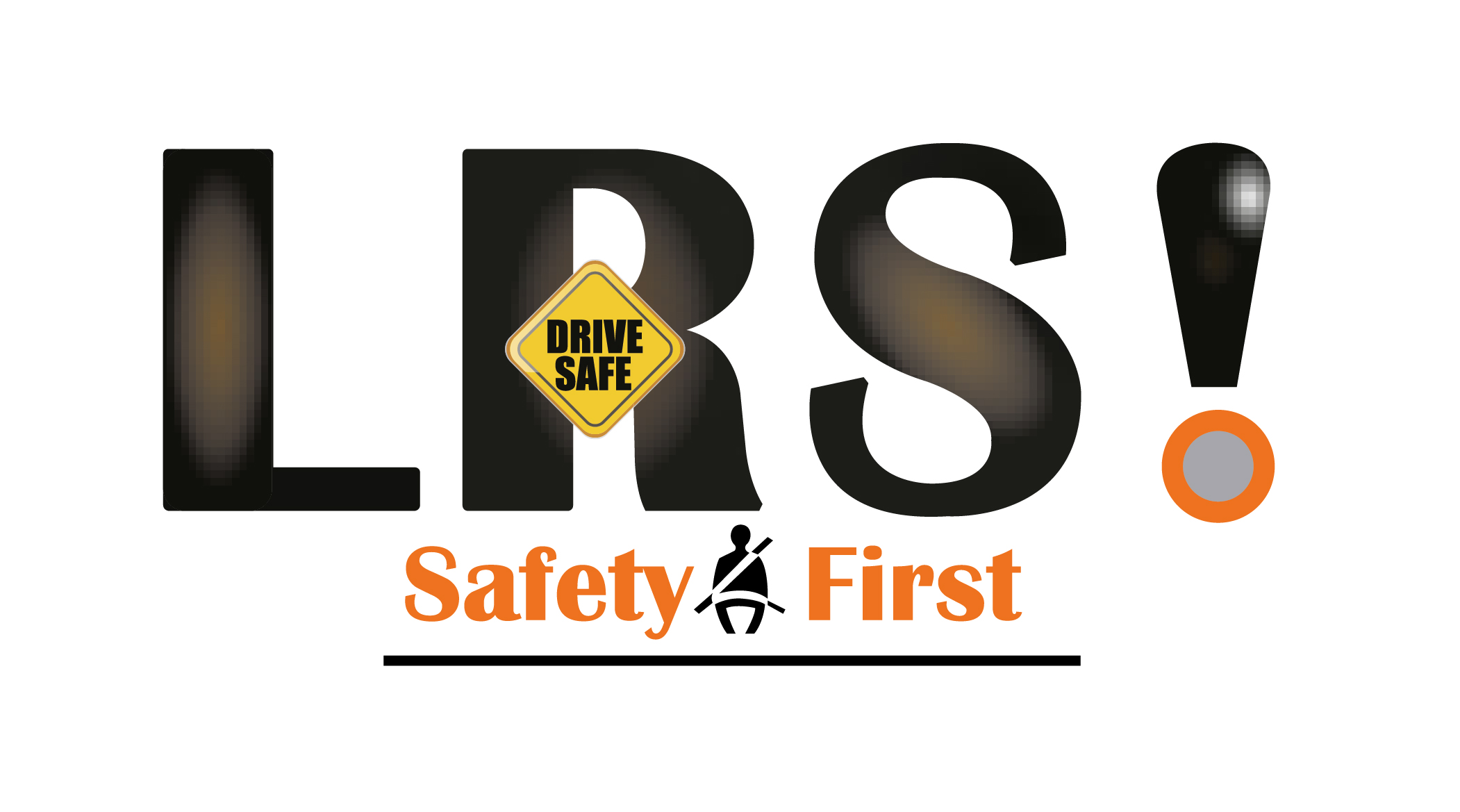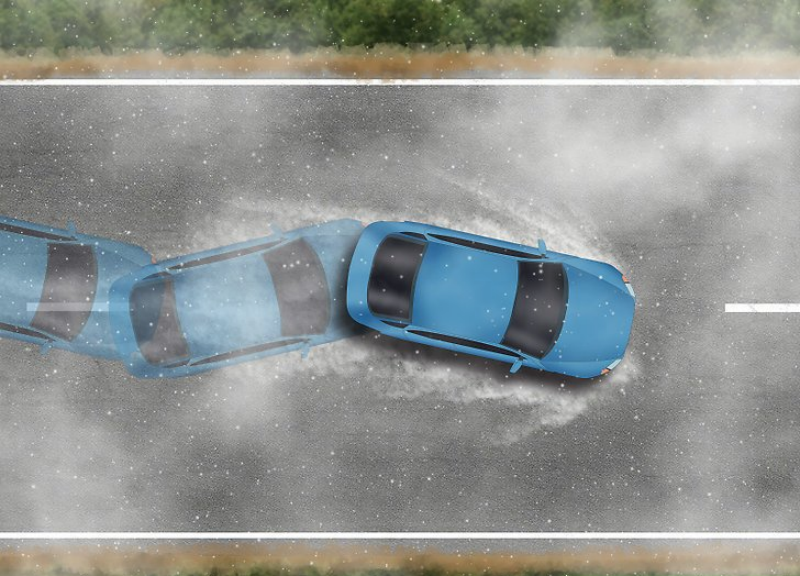One unforeseen problem that drivers may run into when hitting the roads, whether for a weekend trip or a daily commute, is hydroplaning. A small film of water getting between a car’s tyres and the road surface causes hydroplaning, which causes a loss of grip and control. This blog post will explore the reasons behind hydroplaning, its possible risks, and some crucial safety advice during wet conditions.
Causes of hydroplaning:
- Water Accumulation: Water can accumulate on road surfaces as a result of heavy rainfall or poor drainage, creating a slick layer that may be difficult for cars to grip.
- Worn Tyres: Because they can’t properly disperse water from inside the tyre, tyres with little tread depth are more likely to hydroplane and lose contact with the road.
- Speeding: When driving too quickly in rainy circumstances, hydroplaning is more likely to occur. Tyres find it harder to drive water away at higher speeds, which increases the chance of losing traction.
Dangers of Hydroplaning:
Hydroplaning can pose serious risks to drivers and passengers. Some potential dangers include:
- Loss of Control: Losing control of the vehicle is the main risk associated with hydroplaning. The steering becomes useless, and the driver may have trouble controlling the car when the tyres slide off the road.
- Increased Stopping Distance: A vehicle’s stopping distance can be greatly extended by hydroplaning. Particularly in emergency situations, this increased stopping distance may result in collisions or other crashes.
- Damage to the Vehicle: Hydroplaning can also result in damage to the vehicle, including skidding, slamming into objects, and, in severe situations, flipping.
Tips for Safe Driving in Wet Conditions:
To minimize the risks associated with hydroplaning, consider the following safety tips:
- To ensure proper tyre tread, inspect and maintain the depth of your tyres on a regular basis. Sufficient tread enhances grip on wet surfaces by diverting water away from the tyres.
- Reduce speed: When driving in the rain, go more slowly. Reduced speeds improve tyre grip and raise the possibility of avoiding hydroplaning.
- Proper Tyre Inflation: Verify that the air pressure in your tyres is appropriate. Check your tyre pressure frequently because hydroplaning is more likely with underinflated tyres.
REMEMBER, WHEN THE ROADS ARE SLICK, IT’S BETTER TO BE CAUTIOUS AND ARRIVE SAFELY AT YOUR DESTINATION.
By:Mark Ssenoga


